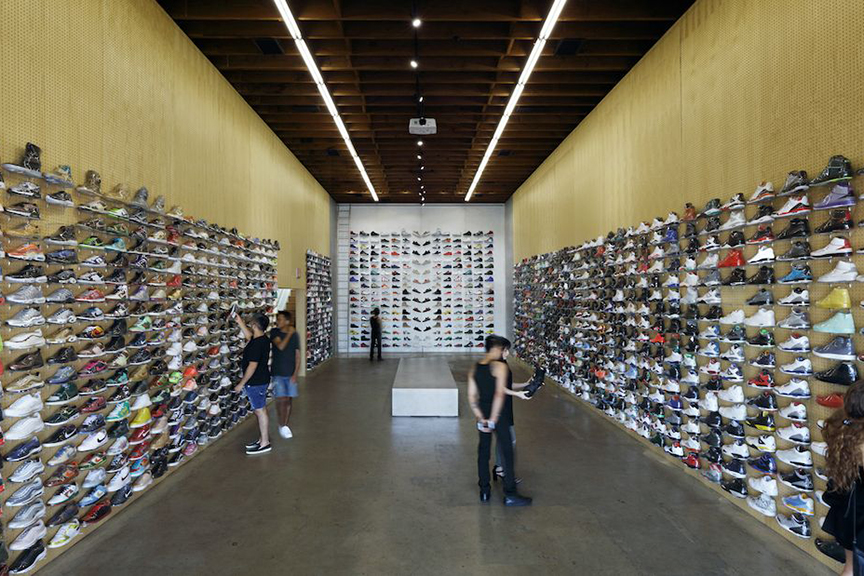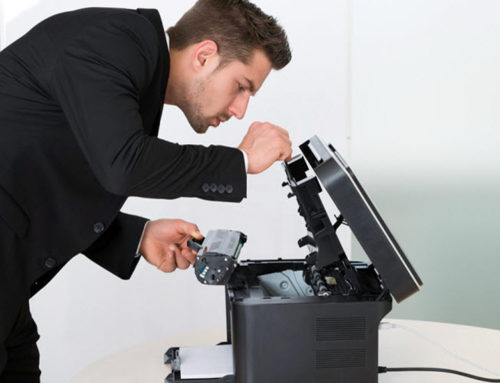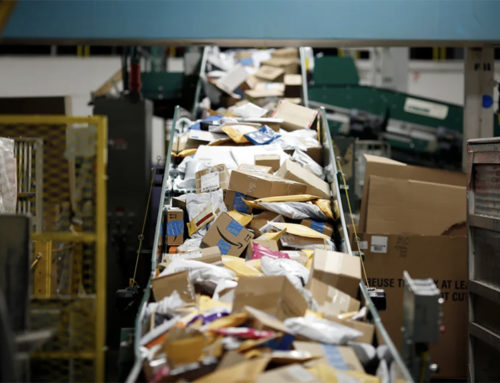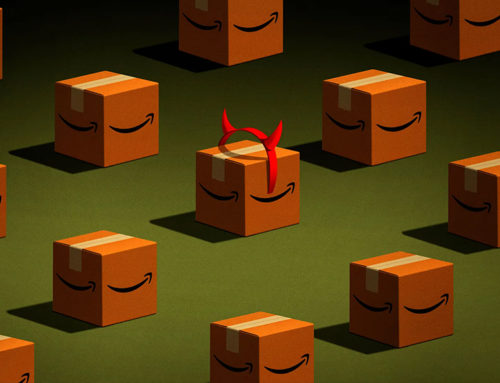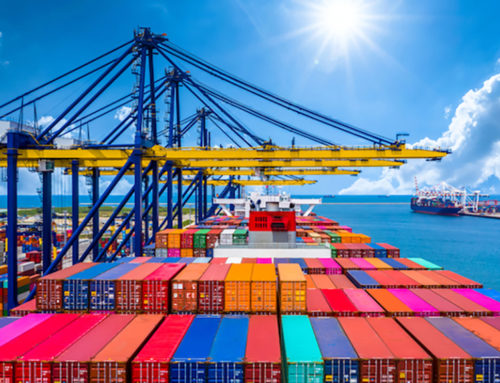The retail industry is undergoing a transformation that’s often referred to as the “retail apocalypse.” Traditional brick-and-mortar stores are feeling the heat in a post-digital era, where the rise of online shopping, led by industry giant Amazon, is reshaping consumer behavior. A report from Coresight Research reveals that around 6,000 U.S. stores have closed in the past three years, showcasing the profound challenges retailers face. However, if we narrow our focus to one specific category – shoe stores – we can witness a compelling example of how the Amazon Effect is disrupting the retail landscape.
The term “Amazon Effect” describes the disruption of brick-and-mortar stores by the surge in online sales, driven primarily by Amazon. It has had a profound impact on the retail market, altering customer expectations and business models across various industries. Consumers now demand competitive pricing, abundant inventory, rapid fulfillment, real-time order tracking, mobile support, and a hassle-free return process, all of which Amazon seamlessly provides.
The concept of “Buy it, Try it, Return it” has become a common practice, especially with online retailers like Amazon. This trend presents a unique challenge to traditional retail shoe stores, which have limited space for housing extensive stock selections. As consumers increasingly turn to the vast online offerings of Amazon, the “Buy it, Try it, Return it” culture has ushered in a shopping culture that allows customers to purchase items, try them in the comfort of their homes, and return them without incurring any additional expense. Amazon, with its vast selection and seemingly easy return policies, has played a significant role in popularizing this trend.
One of the key advantages Amazon holds over traditional retail shoe stores is its virtually limitless shelf space. In contrast, brick-and-mortar stores are constrained by physical limitations, making it impossible to stock every size, style, and color of shoes. Customers who walk into a physical store may find that their preferred size or style is not available, leading them to explore other options or to leave empty-handed.
The influence of Amazon on the U.S. economy is staggering. In 2020, U.S. consumers were projected to spend over $700 billion on eCommerce, marking an 18% increase, while traditional retail sales were predicted to decrease by 14%. Amazon’s sales accounted for approximately 32% of all U.S. eCommerce sales growth in 2020. These numbers demonstrate the far-reaching impact of the eCommerce giant.
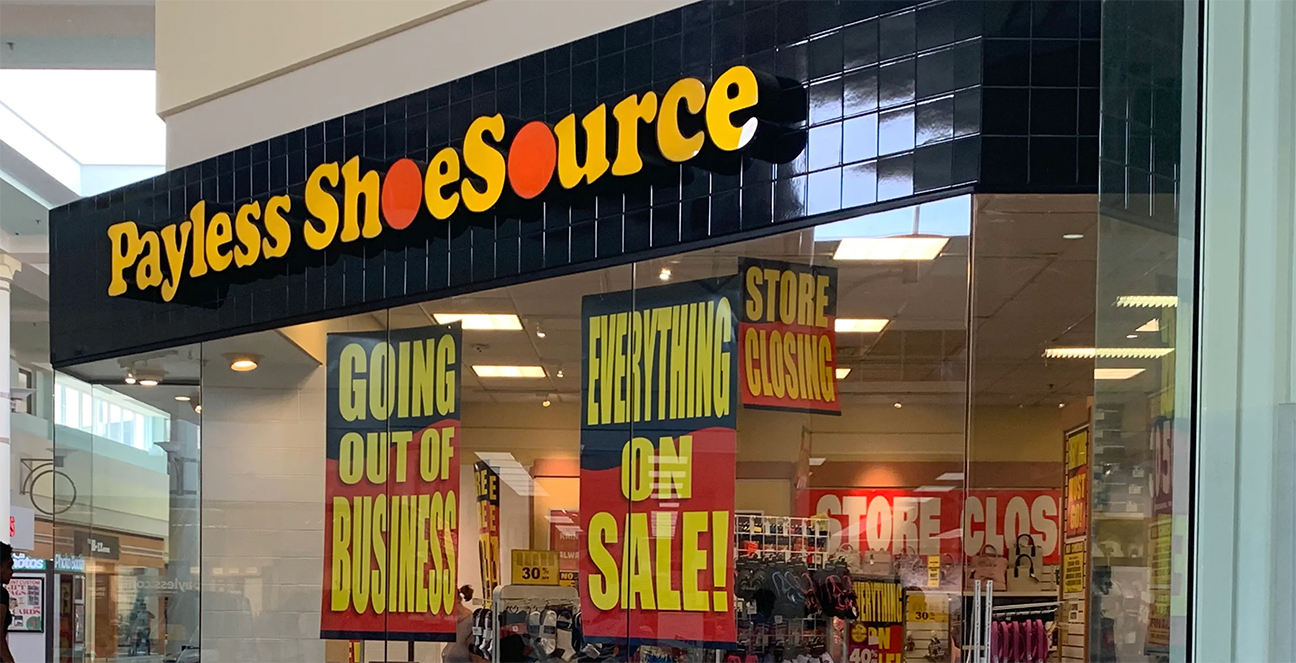
Retail Shoe Stores Feeling the Pinch:
The Amazon Effect is particularly evident in the shoe retail industry. In the past few years, we’ve witnessed several iconic shoe store closures, underlining the formidable challenges faced by traditional retailers. For instance:
- Payless: The discount shoe retailer filed for bankruptcy in 2019 and decided to close all 2,500 of its North American stores.
- Charlotte Russe: A women’s clothing retailer declared Chapter 11 bankruptcy and liquidated 520 stores.
- JCPenney, Abercrombie & Fitch, Victoria’s Secret: These well-known brands also announced substantial store closures, reflecting the need to adapt to evolving consumer preferences.
For physical shoe stores, the “Buy It, Try It, Return It” culture poses several challenges. They would need to keep up with the changing preferences of consumers who increasingly expect the convenience and variety offered by online retailers. Realistically, within the available floorspace of a traditional mall store, even a stand alone shop, it simply isn’t possible.
The Amazon Effect is undoubtedly transforming the retail industry, with traditional retailers having to adapt or face the consequences. While shoe stores and other retail brands have struggled to keep up, the in-ability to provide a seamless door to door experience hampers the potential for growth. For shoppers who want it immediately, there is the potential for instant gratification if in-store stock is available, but in today’s culture, it seems the two day wait prevails with the convenience of making cost-free retunes through the buy-it, try-it and send it back method. Physical shopping is nearing it’s end in America.

